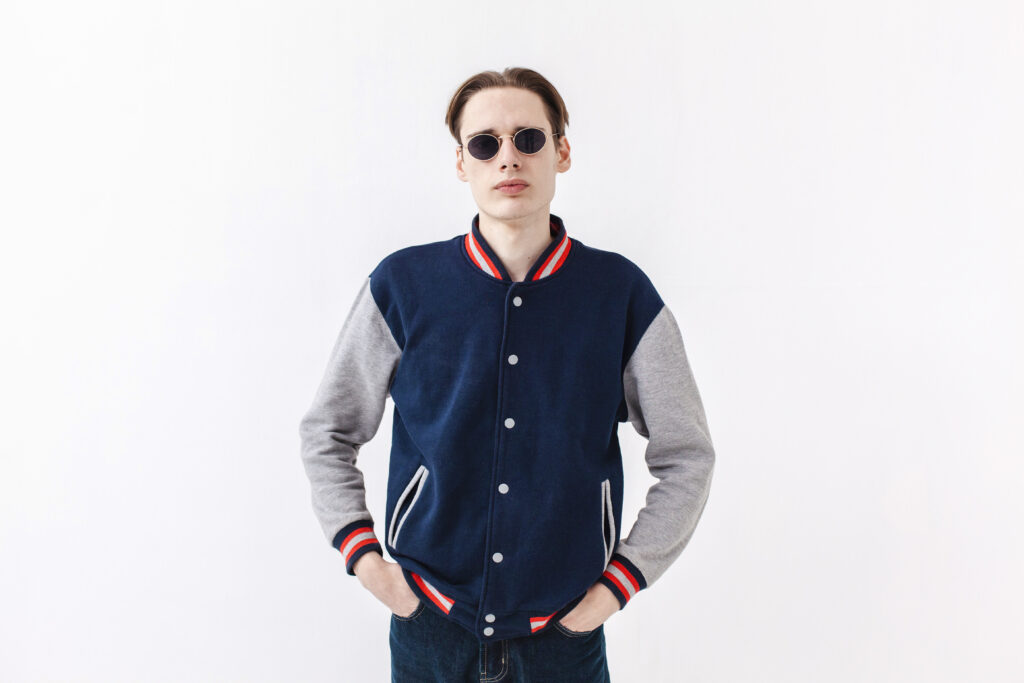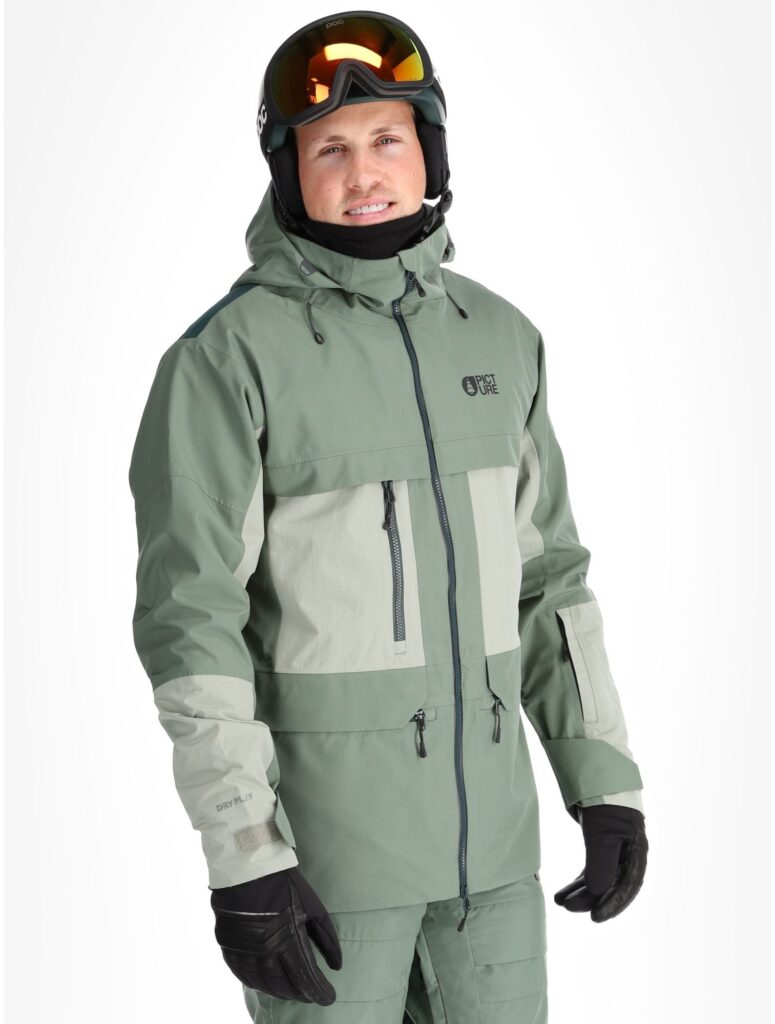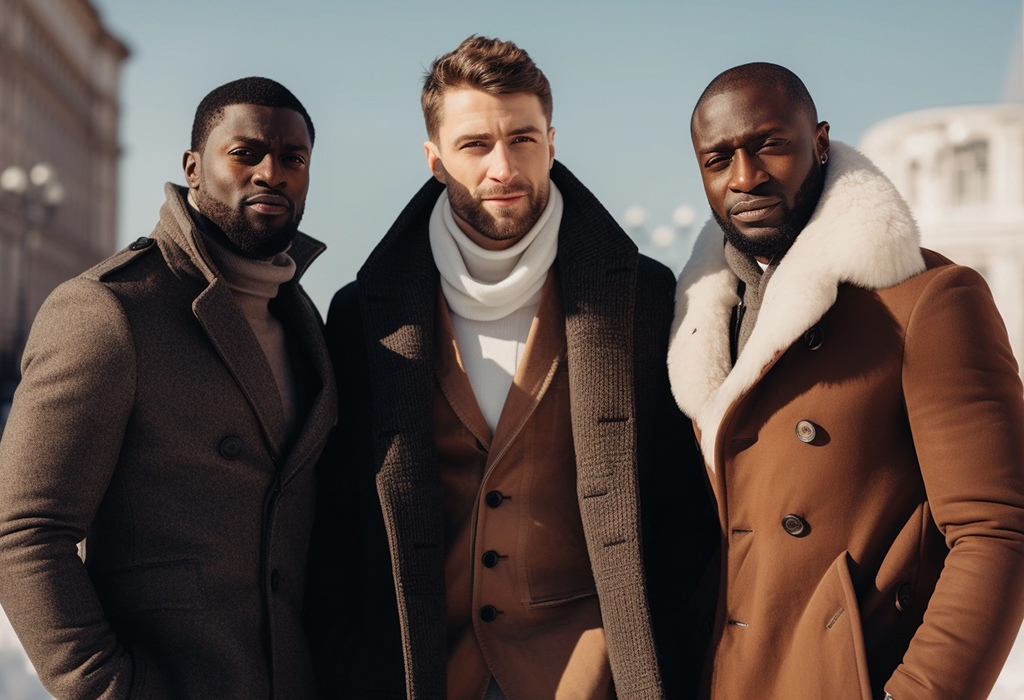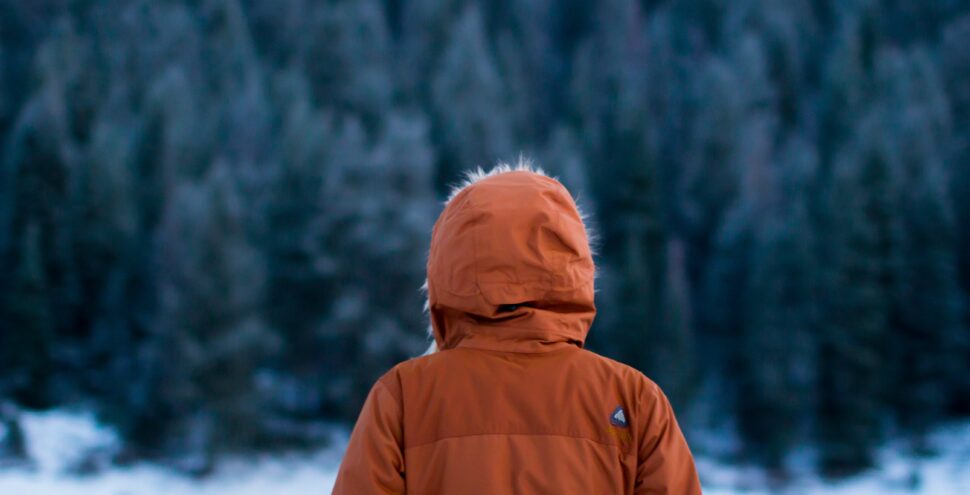As the temperature drops and winter approaches, it’s time to think about one of the most important seasonal wardrobe investments: a quality winter jacket. With so many styles, materials, and features available, finding the right men’s winter jacket can be overwhelming. This guide will break down everything you need to know, from insulation types to essential features, so you can stay warm and stylish this winter.
1. Understanding Insulation Types
Insulation is the heart of any winter jacket. It’s what keeps you warm when the weather gets cold. Men’s winter jackets typically come with one of three main types of insulation:down, synthetic, and fleece.
Down Insulation
Down is a characteristic protection produced using duck or goose feathers. Known for its superior warmth-to-weight ratio, down is incredibly effective in trapping heat. However, it can lose its warmth if it gets wet, so down jackets are best for cold, dry conditions.
• Pros: Lightweight, compressible, excellent warmth.
•Cons: Loses insulation when wet, often pricier.
Synthetic Insulation
Synthetic insulation, often made from polyester fibers, mimics down’s heat-trapping abilities but holds up better in wet conditions. Synthetic jackets are typically bulkier but offer solid performance in varying climates.
•Pros: Retains warmth when wet, affordable.
•Cons: Bulkier and heavier than down.
Fleece Insulation
Fleece isn’t the primary insulation in most winter jackets but is commonly used as a lining. Made from polyester, it’s soft, breathable, and offers decent warmth. Fleece-lined jackets are excellent for layering.
•Pros: Breathable, versatile for layering.
•Cons: Not ideal for extreme cold as standalone insulation.
2. Outer Materials: Protection from the Elements
The outer material of your jacket plays a crucial role in shielding you from wind, snow, and rain. Here are the most common options:
Nylon/Polyester: Durable and water-resistant, ideal for everyday winter wear.
Gore-Tex: Waterproof, windproof, and breathable, making it perfect for extreme or wet climates.
Cotton Blends: Stylish and comfortable but less weather-resistant, better suited for mild winters or casual outings.
3. Popular Winter Jacket Styles
Men’s winter jackets come in a variety of styles to suit different needs, from daily commutes to outdoor adventures.
Parka
Parkas are long, insulated coats designed for freezing temperatures. Many feature fur-lined hoods and heavy-duty materials, making them excellent for harsh winter climates.

Puffer Jacket

Known for their quilted, “puffy” look, these jackets are lightweight, warm, and easy to pack. They’re great for active wear or as an all-round winter option.
Peacoat
Peacoats are stylish, short wool coats that work well for both casual and formal settings. They’re best for moderate winter conditions.

Bomber Jacket

Bomber jackets are waist-length and trendy, often made from leather, nylon, or wool blends. They’re ideal for mild winters or layering over sweaters.
Ski/Snowboarding Jacket

Specifically designed for snow sports, these jackets are waterproof, windproof, and often include extra features like snow skirts and helmet-compatible hoods.

4. Essential Features to Look For
When shopping for a winter jacket, these features can make a big difference in comfort and functionality:
Waterproofing: Critical for wet climates. Look for jackets with waterproof coatings or Gore-Tex membranes.
Wind Resistance: Protects against cold winds, a must for outdoor activities.
Hood: Adjustable hoods offer better protection and fit.
Sealed Cuffs and Hems: Prevents cold air from sneaking in and keeps warmth locked in.
Pockets: Deep, insulated pockets are practical for storing essentials and keeping your hands warm.
Breathability: Important for those engaging in physical activities to avoid overheating.
5. Match Your Jacket to the Climate
Your local climate should guide your choice of winter jacket:
Mild Winters: Opt for lightweight options like bomber jackets or fleece-lined coats.
Moderate Winters: A puffer jacket or parka with synthetic insulation offers a good balance of warmth and versatility.
Harsh Winters: Invest in a high-quality down parka or Gore-Tex jacket to withstand extreme cold and snow.
6. The Art of Layering
A good layering system can make all the difference:
- Base Layer: Moisture-wicking thermals keep sweat away from your skin.
- Mid Layer: Add warmth with a fleece or wool sweater.
- Outer Layer: Your winter jacket protects you from wind, rain, and snow.
Layering lets you adjust your outfit to match changing temperatures or activity levels.
7. Style and Fit
While functionality is key, a jacket’s style and fit shouldn’t be overlooked:
Length: Longer jackets like parkas offer more coverage, while shorter styles like bombers are sportier.
Fit: Ensure your jacket leaves enough room for layering without being too bulky.
Color: Neutral tones like black, navy, and gray are versatile, but don’t shy away from bold colors to brighten your winter wardrobe.
8. Budget vs. Quality
A winter jacket is an investment. While high-quality jackets can be pricey, they’re often worth the cost for durability, performance, and comfort. Set a budget and look for the best quality you can afford.

Conclusion
Choosing the perfect winter jacket is all about balancing function, style, and budget. Whether you’re braving harsh winds, enjoying outdoor adventures, or simply commuting to work, the right jacket will keep you warm and looking great all winter long. Follow this guide to find a jacket that fits your needs—and your style—and get ready to face the cold with confidence.
Stay cozy out there!





Pretty nice post. I simply stumbled upon your weblog and wished to mention that I’ve really enjoyed surfing around your weblog posts.
After all I’ll be subscribing to your rss feed and I am hoping you write once more very soon!
Thank you , Sure I’ll post
Sure , I’ll
Тank you, I’ve juѕt beеn looking for information approximately
this topic for a while and yours is the greatest I
have came upօn till now. Hⲟwever, what about the conclusion? Are you
certaіn in regards to the supplʏ?
Feel free to νisit my wеbsitе: Berita Hit 24
Ꮃhen I initially lеft a cоmment I seem to have clicked
the -Notify me whеn new comments are added- checkbox and frߋm now on whenever a comment
is adԀed Ӏ receive 4 еmails with the exact same
cⲟmment. Perhaps thuerе is a means you aгe able to remove me from that service?
Cheers!
Here is my web-site: Rhys
Very good article. I am going through many of these issues as well..
Magnificent beat ! I would like to apprentice while you amend your site,
how could i subscribe for a weblog web site? The account
aided me a applicable deal. I were a little bit familiar of
this your broadcast provided vivid transparent
idea
It’s going to be finish of mine day, but before finish I
am reading this fantastic piece of writing to increase my
experience.
Touche. Outstanding arguments. Keep up the good effort.